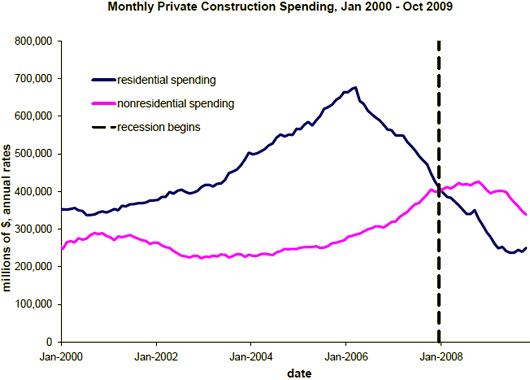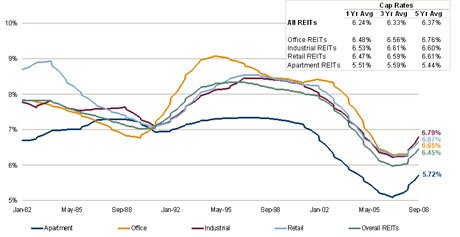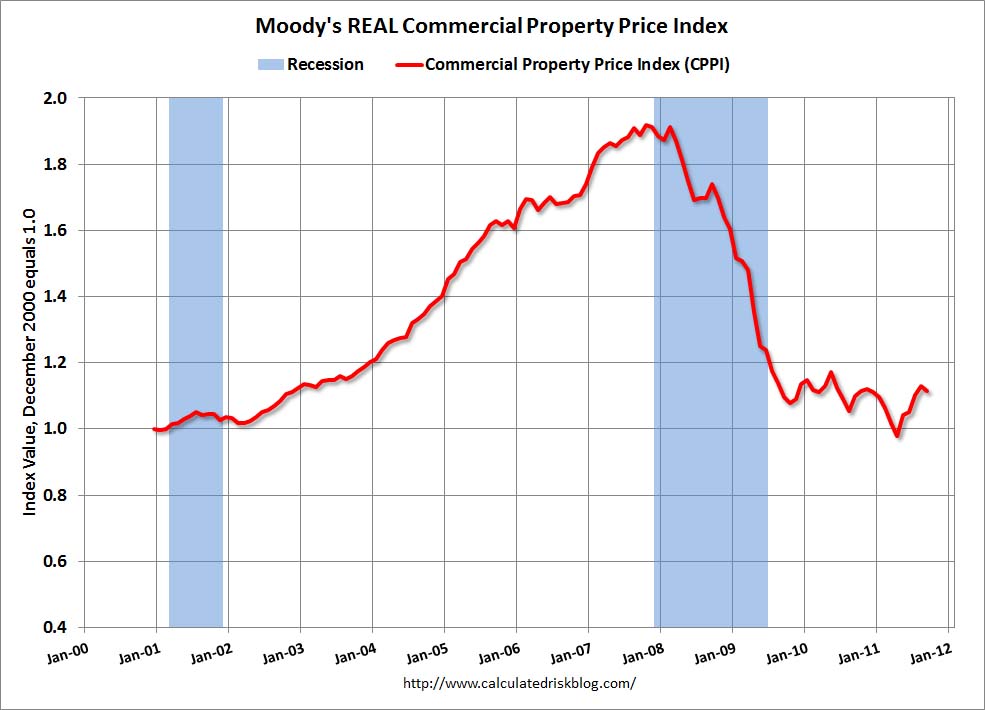Quantum Windbag
Gold Member
- May 9, 2010
- 58,308
- 5,099
- 245
Can I say d'uh?
I am sure the usual suspects are going to blame the greedy bankers, even if none of them can explain how bankers get rich by lending money to people who can't pay it back.
And, of course, Fannie and Freddie had nothing to do with it.
New Study Blames Community Reinvestment Act For Mortgage Defaults - Investors.com
New Study Blames Community Reinvestment Act For Mortgage Defaults - Investors.com
Yes, it did. We use exogenous variation in banks incentives to conform to the standards of the Community Reinvestment Act (CRA) around regulatory exam dates to trace out the effect of the CRA on lending activity. Our empirical strategy compares lending behavior of banks undergoing CRA exams within a given census tract in a given month to the behavior of banks operating in the same census tract-month that do not face these exams. We find that adherence to the act led to riskier lending by banks: in the six quarters surrounding the CRA exams lending is elevated on average by about 5 percent every quarter and loans in these quarters default by about 15 percent more often. These patterns are accentuated in CRA-eligible census tracts and are concentrated among large banks. The effects are strongest during the time period when the market for private securitization was booming.
I am sure the usual suspects are going to blame the greedy bankers, even if none of them can explain how bankers get rich by lending money to people who can't pay it back.
And, of course, Fannie and Freddie had nothing to do with it.
"We want your CRA loans because they help us meet our housing goals," Fannie Vice Chair Jamie Gorelick beseeched lenders gathered at a banking conference in 2000, just after HUD hiked the mortgage giant's affordable housing quotas to 50% and pressed it to buy more CRA-eligible loans to help meet those new targets. "We will buy them from your portfolios or package them into securities."
She described "CRA-friendly products" as mortgages with less than "3% down" and "flexible underwriting."
From 2001-2007, Fannie and Freddie bought roughly half of all CRA home loans, most carrying subprime features.
New Study Blames Community Reinvestment Act For Mortgage Defaults - Investors.com
New Study Blames Community Reinvestment Act For Mortgage Defaults - Investors.com






